I love potato salad. All kinds. But my all-time favorite is Schwäbischer Kartoffelsalat from the Southern Germany region of Swabia where I grew up (Stuttgart). I’m also the ultimate critic when it comes to potato salads. I’ve probably eaten this potato salad a couple of hundred different times throughout my life in Germany, made by various people and at various restaurants. And I never once had a homemade version that came anywhere near to the ones I enjoyed the most at my favorite German restaurants. With one exception: My mom’s version. She also makes the best mayonnaise-based potato salad of anyone, but her Swabian potato salad comes closer to the restaurant versions than any I’ve had before. And so I’ve taken my mom’s recipe and I have tweaked it a bit in my attempt to achieve that German restaurant quality flavor and texture. And by Günther, I’ve got it!
For any of you who live in Germany or have visited Germany, you know what I’m talking about. The Swabian potato salad you find in good Southern German restaurants is so, so good. And it’s rarely replicated properly by the home cook. No matter what I ordered when I went to a restaurant, I would almost always order a salad for starters (Germans make the best Gemischter Salat – “mixed salads” with separate portions of various vegetables on the same plate) which included a portion of Swabian potato salad (at least the restaurants in Swabia anyway ;) I remember as a kid that was the thing I looked most forward to when we went out as a family. I remember times when I would only order a plate of Swabian potato salad and a separate serving of Spätzle (see recipe for homemade Spätzle here) with Rahmsoße (Swabian noodles with creamy gravy). And I left one happy girl.
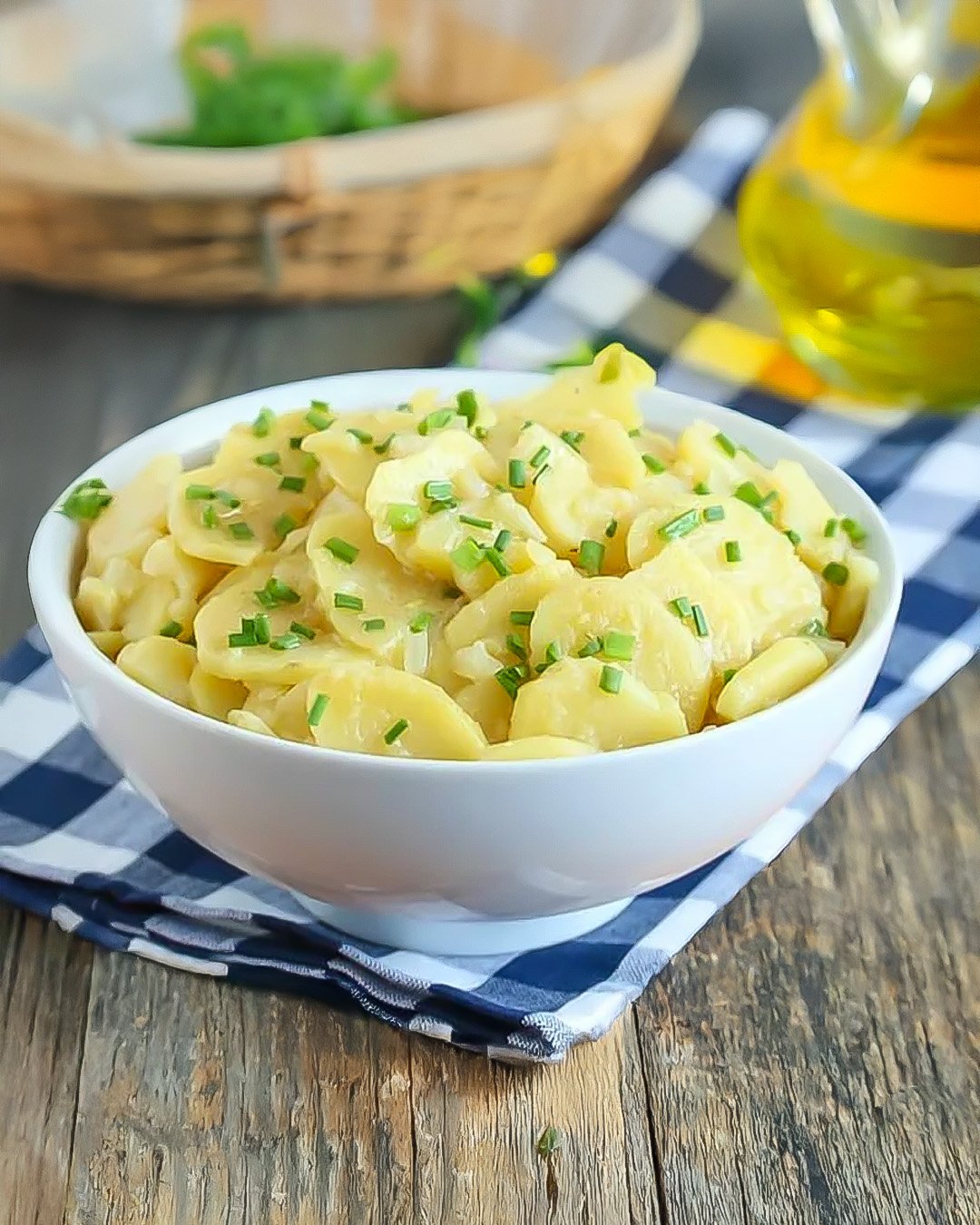
Well, it’s been about 10 years since I moved to the U.S. and rather than pine away for that potato salad I knew and loved in Southern German restaurants, I decided to crack the code so I could replicate myself for those times when the Swabian potato salad craving comes a-callin’.
The ingredients in traditional Swabian potato salad and few and simple, but there are a few tricks that are absolute musts for getting it right – like the restaurants do. Here they are:
7 Secrets to Making German Potato Salad
1) The right potatoes
This is the biggest challenge here in the U.S. In Germany you can find potatoes that you simply cannot find here. Unlike Russet potatoes, for example, which are flaky, mealy, and generally flavorless, the kind used in potato salads in Germany are firm, deep yellow in color, buttery and flavorful. And they keep their shape well. The closest you can get to those here are Yukon Gold potatoes and those are the ones I recommend for this recipe. Also, be sure to boil the potatoes in their skins – don’t peel them first.
2) Use beef broth for flavor
There is no substitute, it must be beef broth. And it must be very strong beef broth. And it must be hot when you pour it over the potatoes so they soak it up. Make sure you let the potatoes sit for at least a full hour after you pour the broth over.
3) The right German mustard
I know the recipe doesn’t call for much, but it must be German mustard (mild) if you want it to taste the way it’s supposed to. The kind I use in most of my German recipes is the Alstertor Düsseldorf Style Mustard, which you can find in many online retailers.
4) Essig Essenz inegar
No apple cider or balsamic vinegar. It needs to be the strong white vinegar. A vinegar very commonly used in Germany for this salad and salad dressings is called Essig Essenz (Amazon, or can be found in some Asian grocery stores – Koreans like to use it for kimchi). It’s super concentrated vinegar and you only need a very little of it. If you have access to this vinegar, you would add just a teaspoon or two in addition to the white vinegar, and reduce the amount of white vinegar accordingly. Of course you’ll always want to do a “taste test” before pouring the final mixture over the potato salad.
5) Onions
You want them crunchy but not overly so, and you want them saturated with flavor. So add them to the beef broth/vinegar mixture when you heat it up.
6) Oil
Lots of it. In olden days homemade beef broth would be used which contained plenty of fat. Nowadays we mostly use store-bought broth in cans or beef bouillon cubes/granules which are all void of fat. So adding oil is absolutely essential to achieving the right texture. As my German mom says, Schwäbischer Kartoffelsalat needs to be “schmalzig”.
7) Let it rest!
The longer the potato salad sits, the better it will taste. I recommend making it the day before and letting it sit in the fridge until the next day. Let it sit at room temperature for at least 30 minutes before serving.
German Potato Salad FAQ
Can I use other potatoes?
Yukon Gold are ideal. Russets are too mealy. Fingerlings or red potatoes may work, but Yukon Gold is closest to German style.
Why does the broth need to be hot?
Hot broth helps the potatoes absorb flavor as they sit. Cold or lukewarm liquid won’t infuse properly.
Can I use chicken broth or no-bouillon stock?
No. Only beef stock delivers the savory depth needed for this salad’s authentic taste.
What if I don’t have Essig Essenz vinegar?
It’s optional. If unavailable, use all white vinegar but taste test before pouring. A splash of strong vinegar can replace a dash.
Is this salad gluten-free?
Yes—so long as your beef bouillon cubes/powder are certified gluten-free and your oil is pure vegetable oil.
How long will it keep?
Stored covered, refrigerated up to 3 days. Bring to room temperature ?30 minutes before serving for best texture.
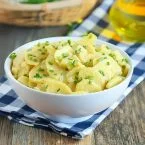
Authentic Swabian Potato Salad (Schwäbischer Kartoffelsalat)
- Total Time: 1 hour 40 minutes
- Yield: Serves 6-8 1x
Description
The secrets to an authentic German potato salad with olive oil and mustard. With beef broth and chives, you will be craving this at every summer barbecue.
Ingredients
3 lb Yukon Gold potatoes, scrubbed, skins on (1.36 kg)
1 medium yellow onion, chopped (150 g)
1 1/2 cups water + 4 beef bouillon cubes or 4 teaspoons bouillon granules (360 ml)
1/2 cup white vinegar (120 ml)
Dash Essig Essenz (optional), or reduce white vinegar accordingly
3/4 tablespoon salt (11 g)
3/4 teaspoon freshly ground white pepper
1 teaspoon granulated sugar
2 teaspoons mild German mustard (e.g. Düsseldorf style)
1/3 cup vegetable oil (80 ml)
Fresh chopped chives, for garnish
Instructions
Step 1: Cook the Potatoes
-
In a large pot of lightly salted water, boil potatoes with skins on until just tender (20–25 minutes).
-
Drain and let cool until you can handle the potatoes (they remain warm, not cold).
Step 2: Slice & Rest
-
Peel the warm potatoes and slice into ¼ inch rounds. Place in a large mixing bowl.
Step 3: Make the Hot Broth Dressing
-
In a saucepan, combine chopped onion, beef broth (hot), white vinegar (adjust if using Essig Essenz), salt, pepper, sugar, and German mustard.
-
Bring to a boil briefly, then remove from heat.
Step 4: Dress the Potatoes
-
Immediately pour the hot mixture over the potatoes. Cover the bowl and let sit undisturbed for at least 1 hour—potatoes absorb flavor deeply during this time.
Step 5: Finish & Serve
-
After resting, gently stir in vegetable oil. Adjust salt and pepper to taste.
-
If excess liquid remains, lift potatoes with a slotted spoon for serving.
-
Garnish with fresh chopped chives. Serve at room temperature.
Notes
Potatoes: Yukon Gold hold their shape and have buttery, firm texture—closest to German types.
Broth: Must be beef, strong and hot—essential for authentic taste.
Mustard: Mild German mustard (e.g. Düsseldorf) gives subtle tang without dominating.
Oil: Necessary to replace the natural fat once found in homemade beef broth—renders texture rich.
Resting: Waiting allows flavors to meld; salad tastes best made a day ahead.
- Prep Time: 20 mins
- Resting Time: 60 mins
- Cook Time: 20 mins
- Category: Side
- Method: Boiling
- Cuisine: German
Nutrition
- Serving Size: 200g
- Calories: 210
- Sugar: 2g
- Sodium: 420mg
- Fat: 10g
- Saturated Fat: 1.5g
- Unsaturated Fat: 8.5g
- Trans Fat: 0g
- Carbohydrates: 25g
- Fiber: 2g
- Protein: 4g
- Cholesterol: 0g
If you liked this, you are going to love these favorite potato recipes:
Greek Lemon Potatoes: Patates Lemonates
Brunede Kartofler – Danish Caramelized Christmas Potatoes
How to Make the Fluffiest Mashed Potatoes
The Crispiest Smashed Potatoes


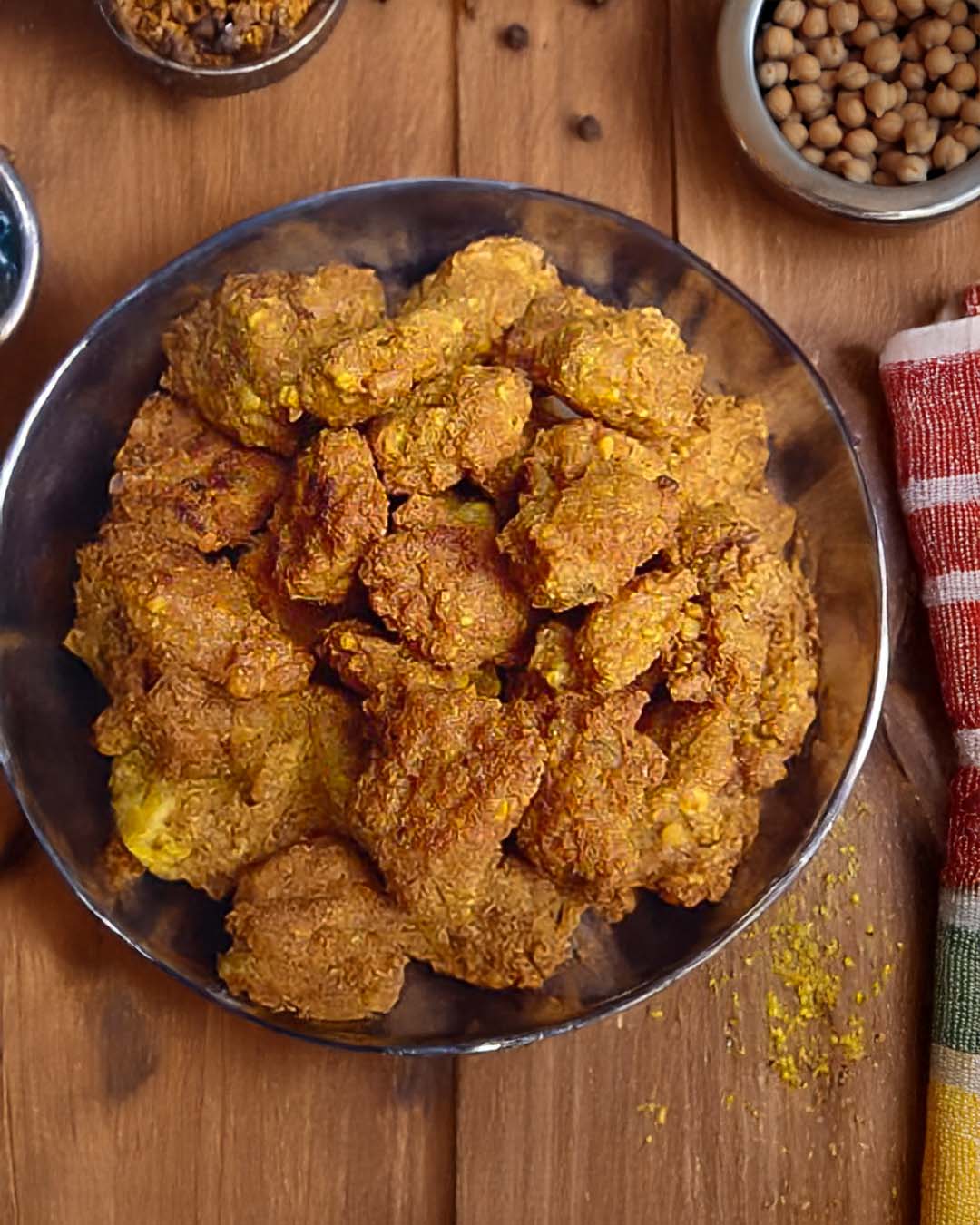
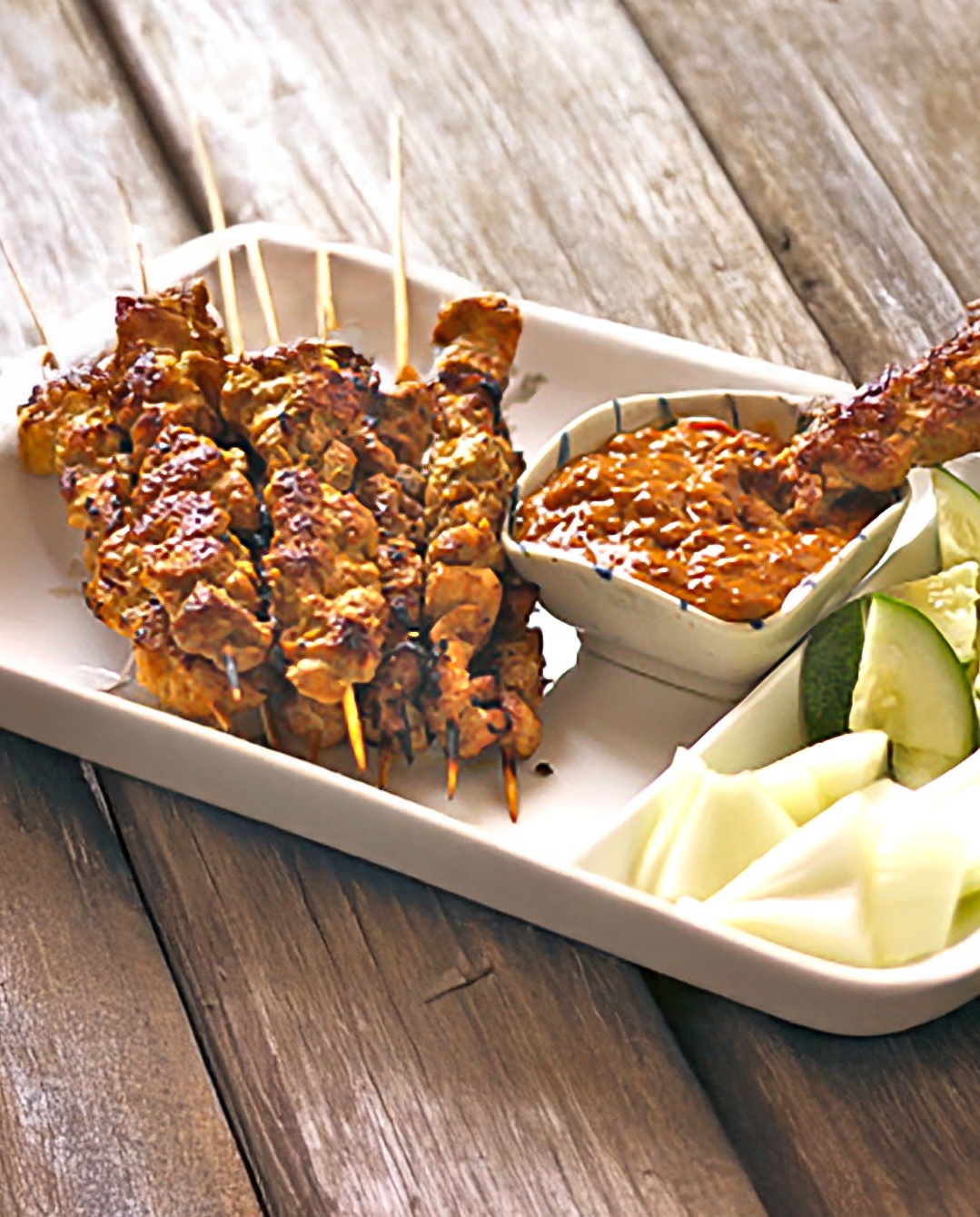

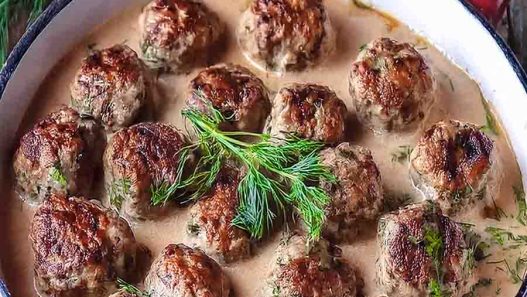
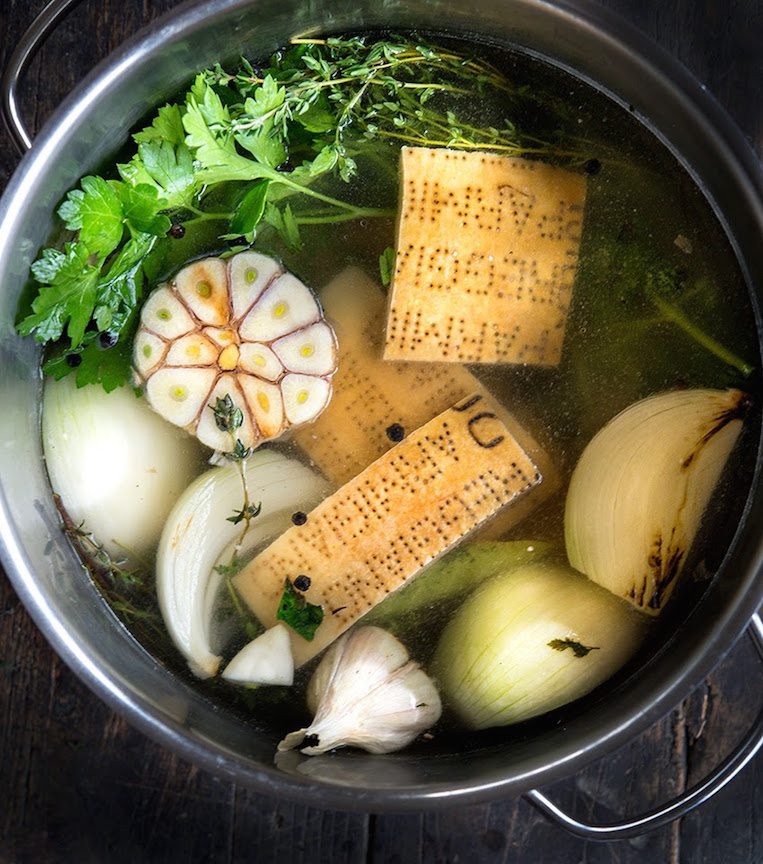
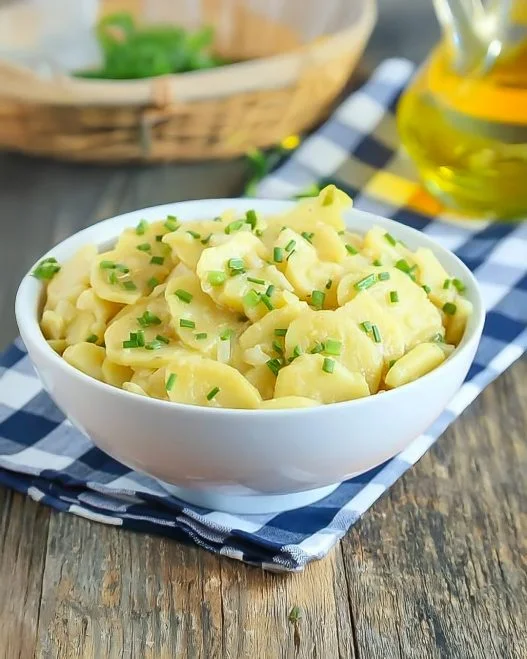
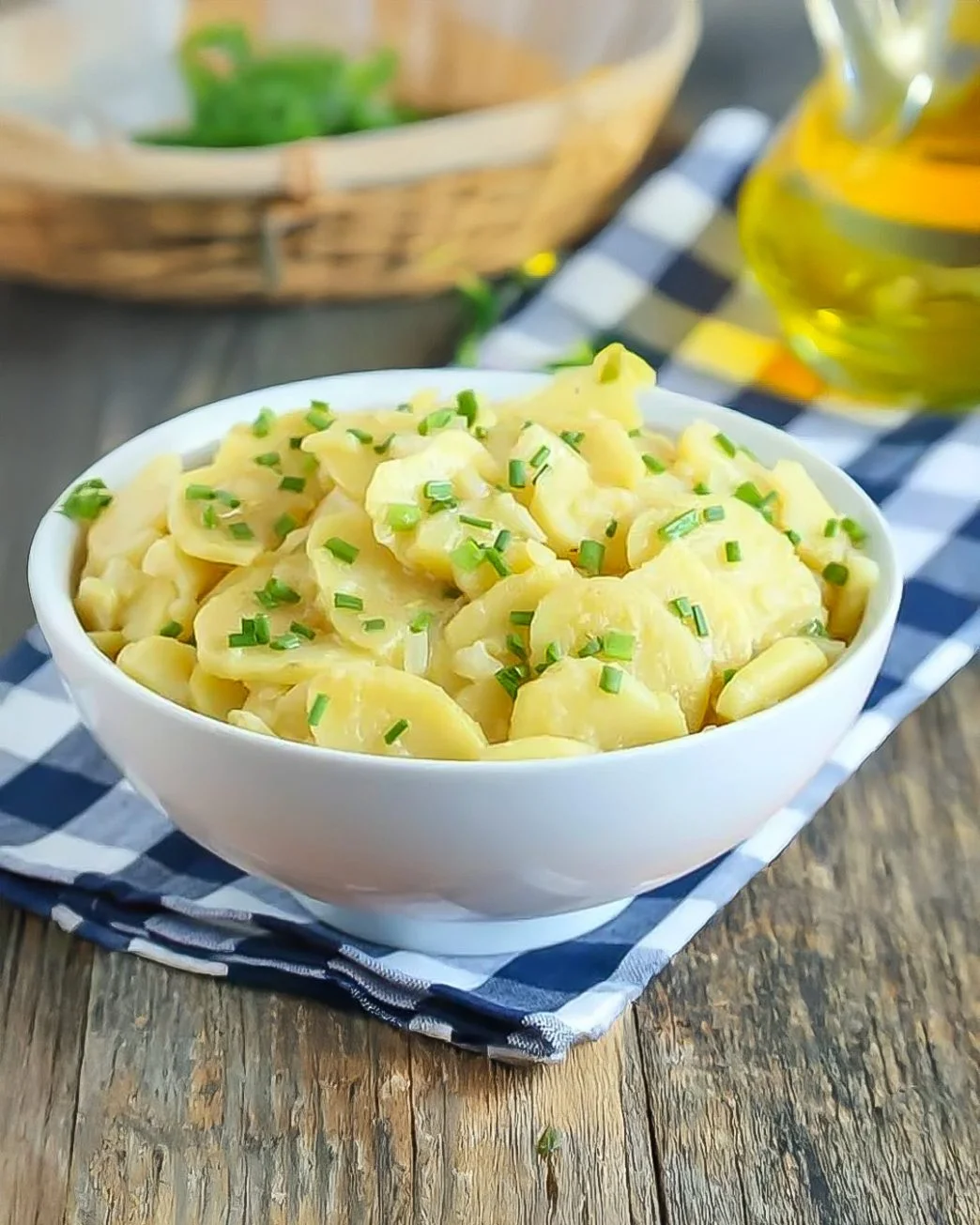
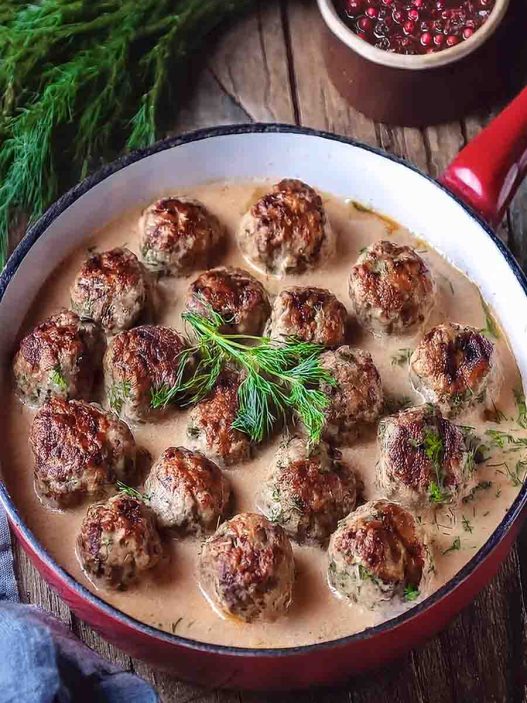

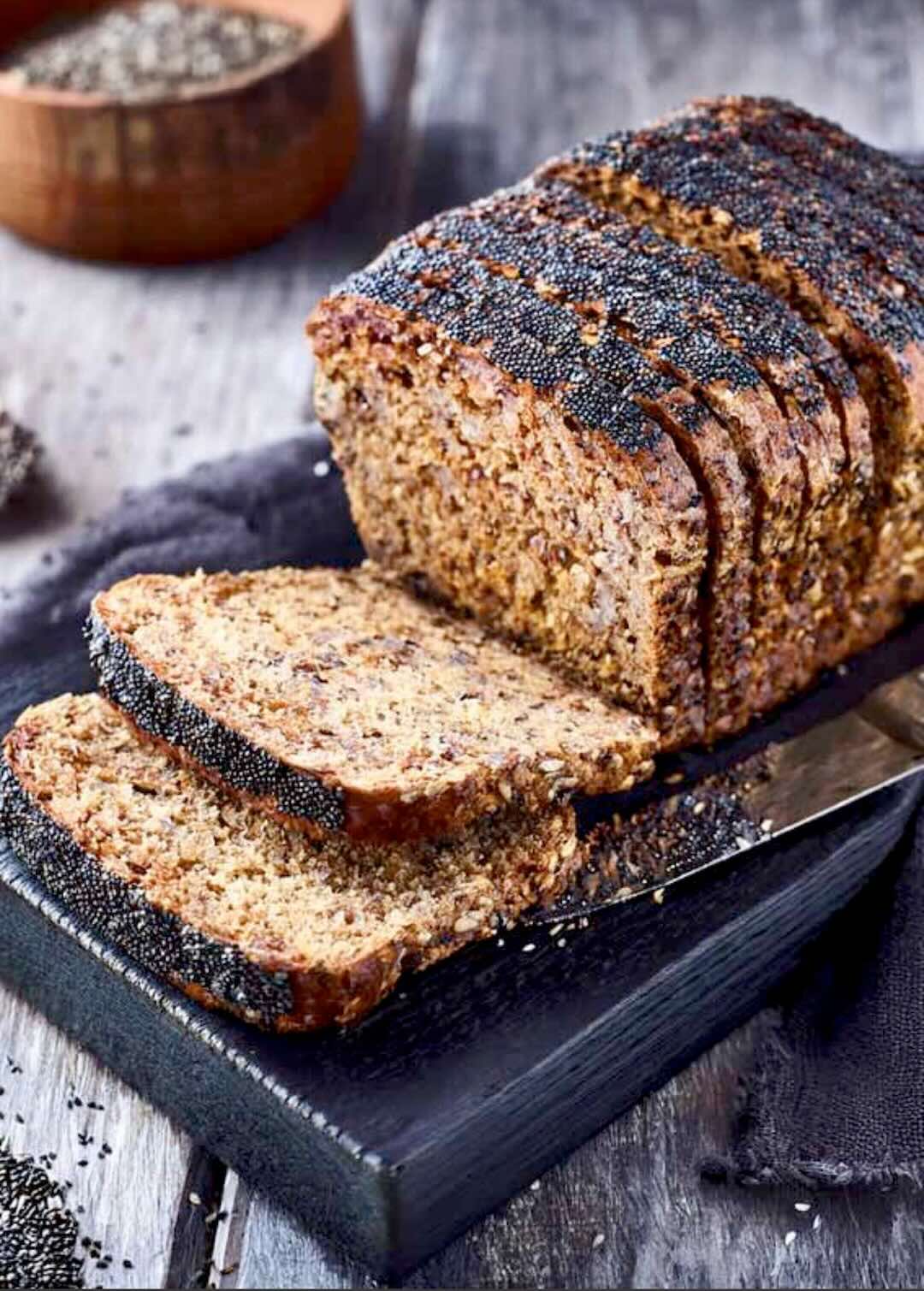
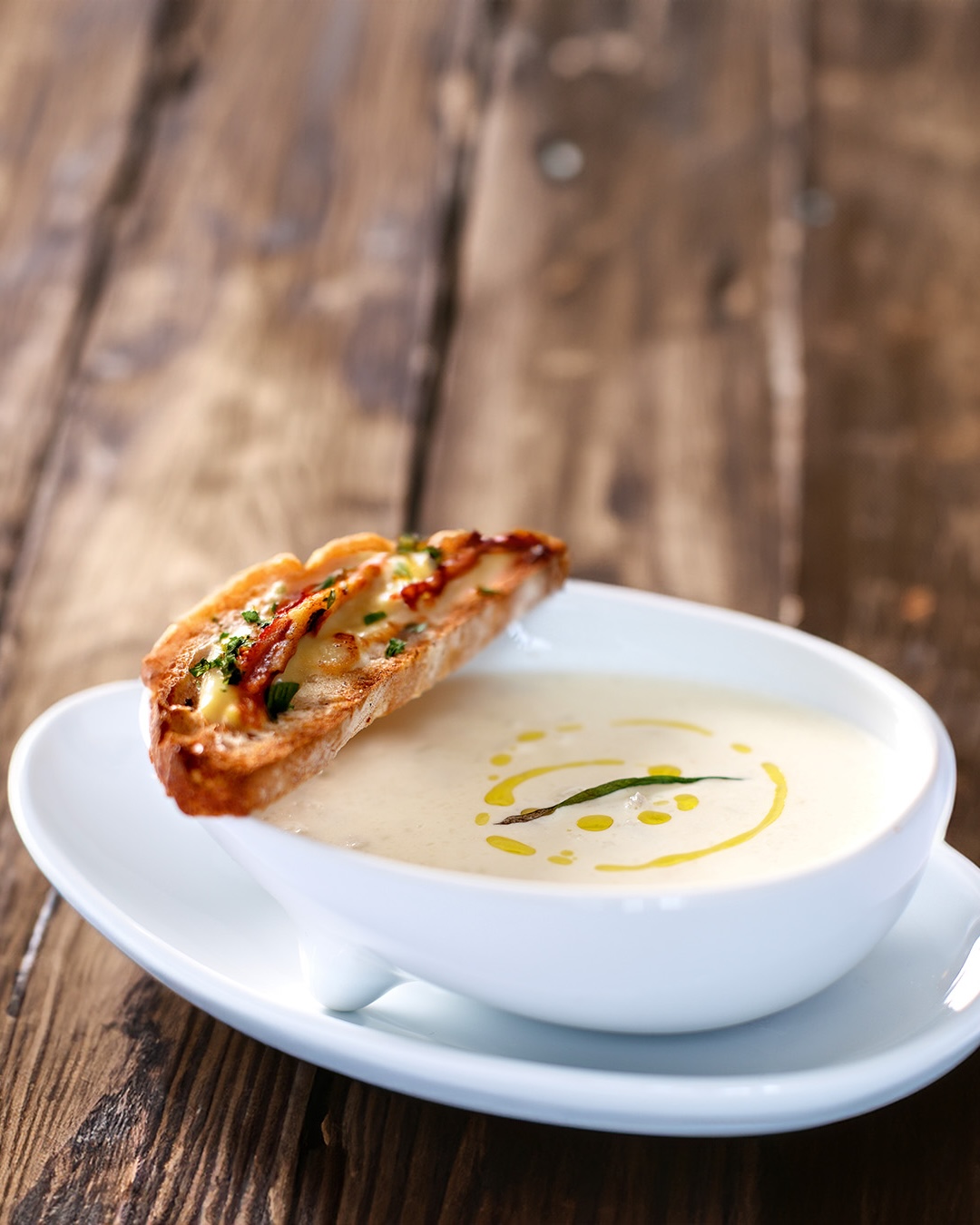
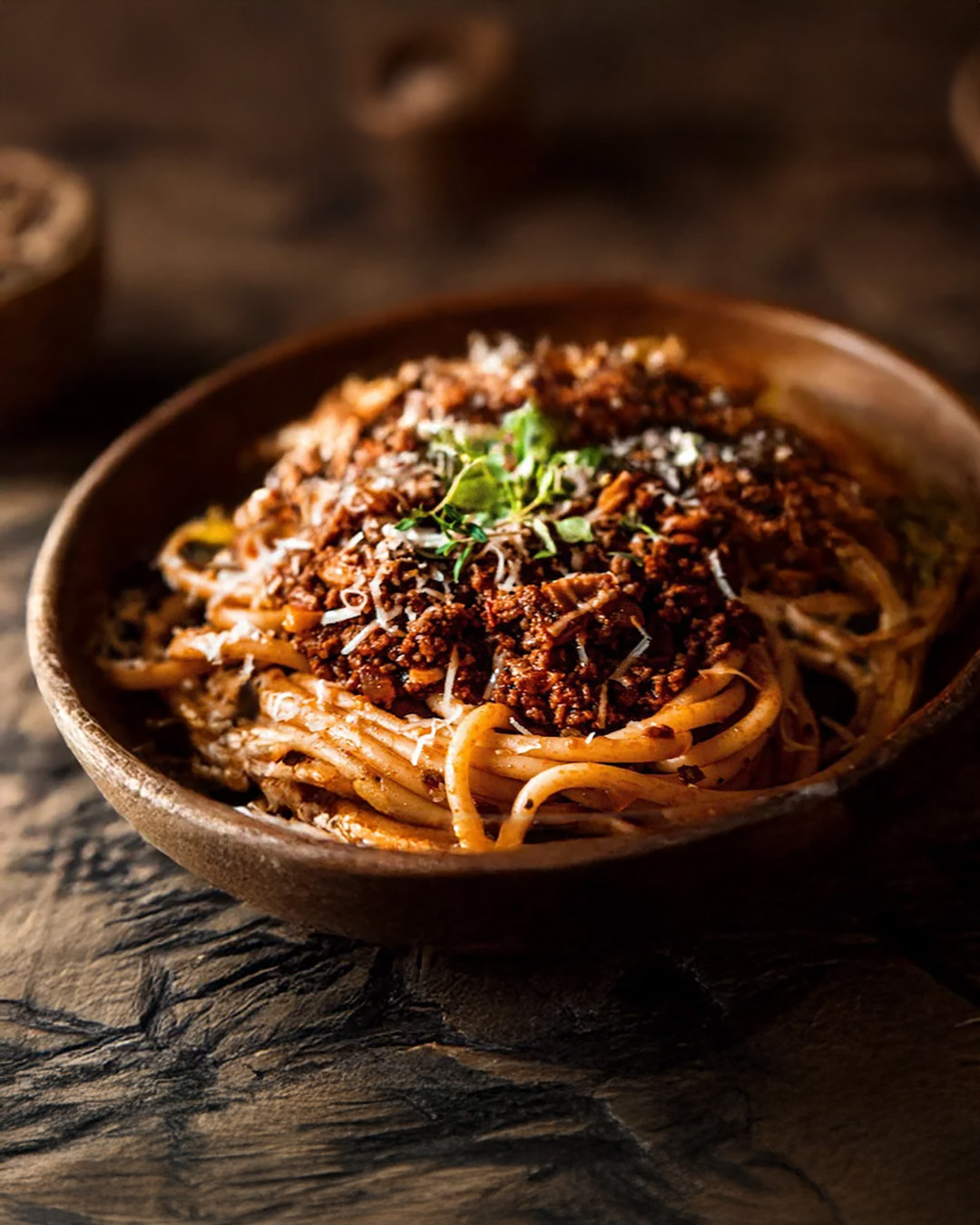
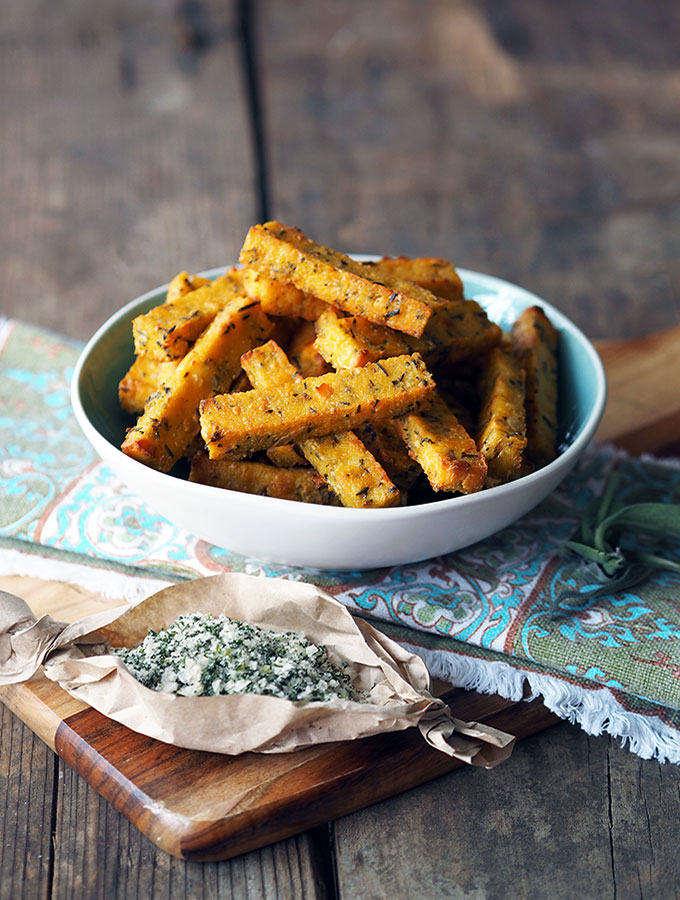
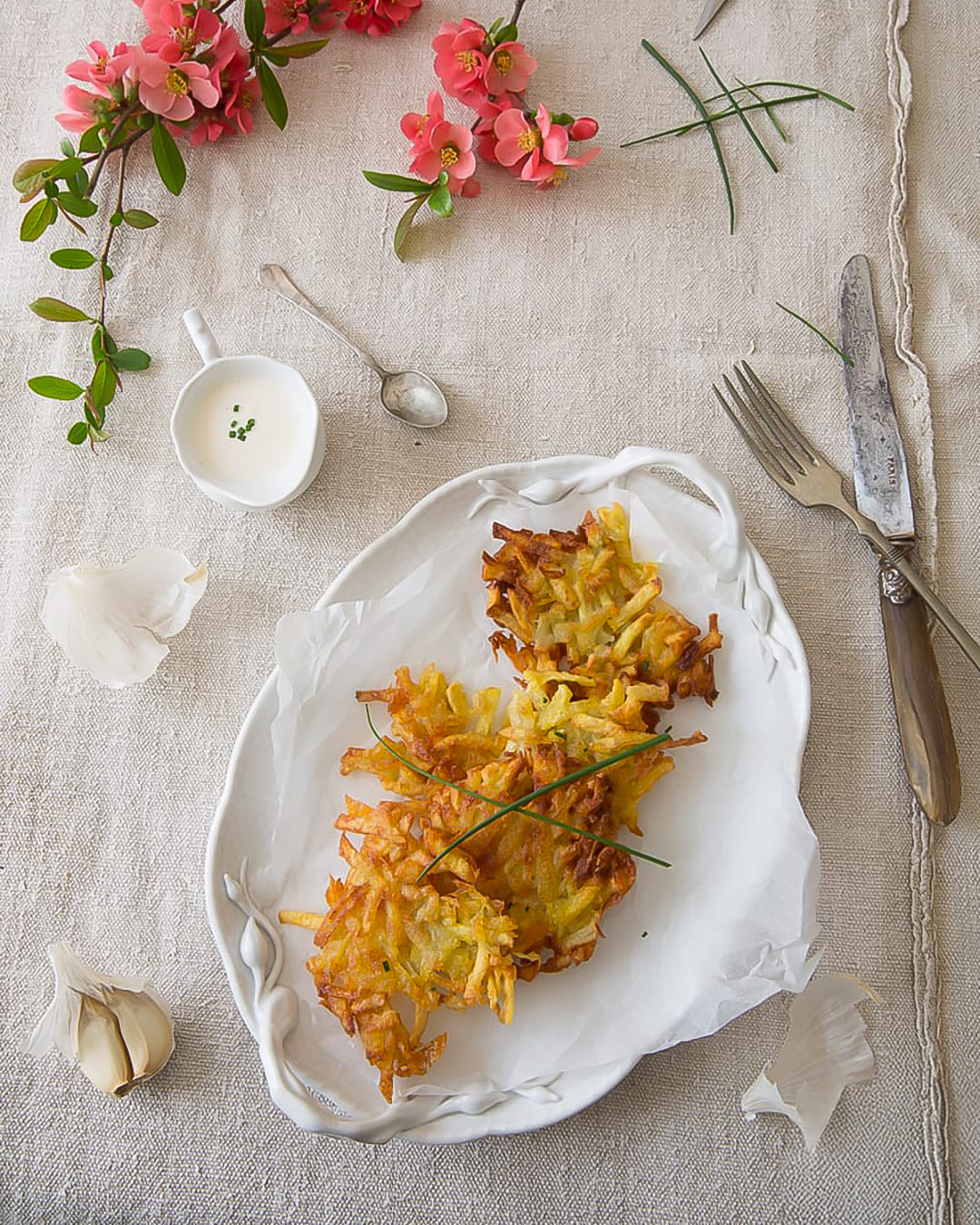
Another true believer here. I love this potato salad, my German friend turned me on to it, and it is now my go to potluck dish.
This was new to me but I gotta say it’s the best potato salad I have ever made. So much flavor.
Made this weekend for a get together. So much better than your normal potato salad! Much fresher and still with deep flavor.
What a great potato salad, I have never made anything like it. The broth adds such a new type of flavor to it, dang delicious!
This is my favorite grilling side of all times. I make it probably ten times ever summer, and it is always a huge success. Thank you for a fantastic recipe!
Hi – Is it better to use white vinegar or white *wine* vinegar for this recipe? Also, does it matter if I use regular beef broth or beef bone broth? It came out great using wine vinegar and bone broth, but not sure if those are preferred.
Thanks!
Hi Patricia — traditionally it’s regular white vinegar, not white wine vinegar, for that sharper, cleaner flavor. And standard beef broth is more typical than bone broth. But if you liked the result, you’re not far off — just a slightly different take.
Hi Chrissie, thank you! Maggi is a common condiment in Germany and throughout much of Western Europe. It’s similar to soy sauce (in appearance and flavor) but is more savory and has a more interesting flavor. It’s used to add more flavor to dishes and can be used at the table side, too. Adding Maggi to Swabian potato salad definitely isn’t traditional or standard – that would be something she’s added based on personal preference. And that’s okay, because in the end what matters most is that you like it! Thanks for sharing your thoughts, Chrissie.
I don’t see yummy Maggi in your recipe- what am I missing?
Hi Leslie, this recipe does not use Maggi – Kimberly responded to another reader who’s mother used to put Maggi in her personal potato salad recipe.
My mom swears by adding a couple drops of Maggi. I really have no idea what it is, but she believes it’s not the same without it.
Great article. It’s nice to see Swabisch German cooking getting some attention.